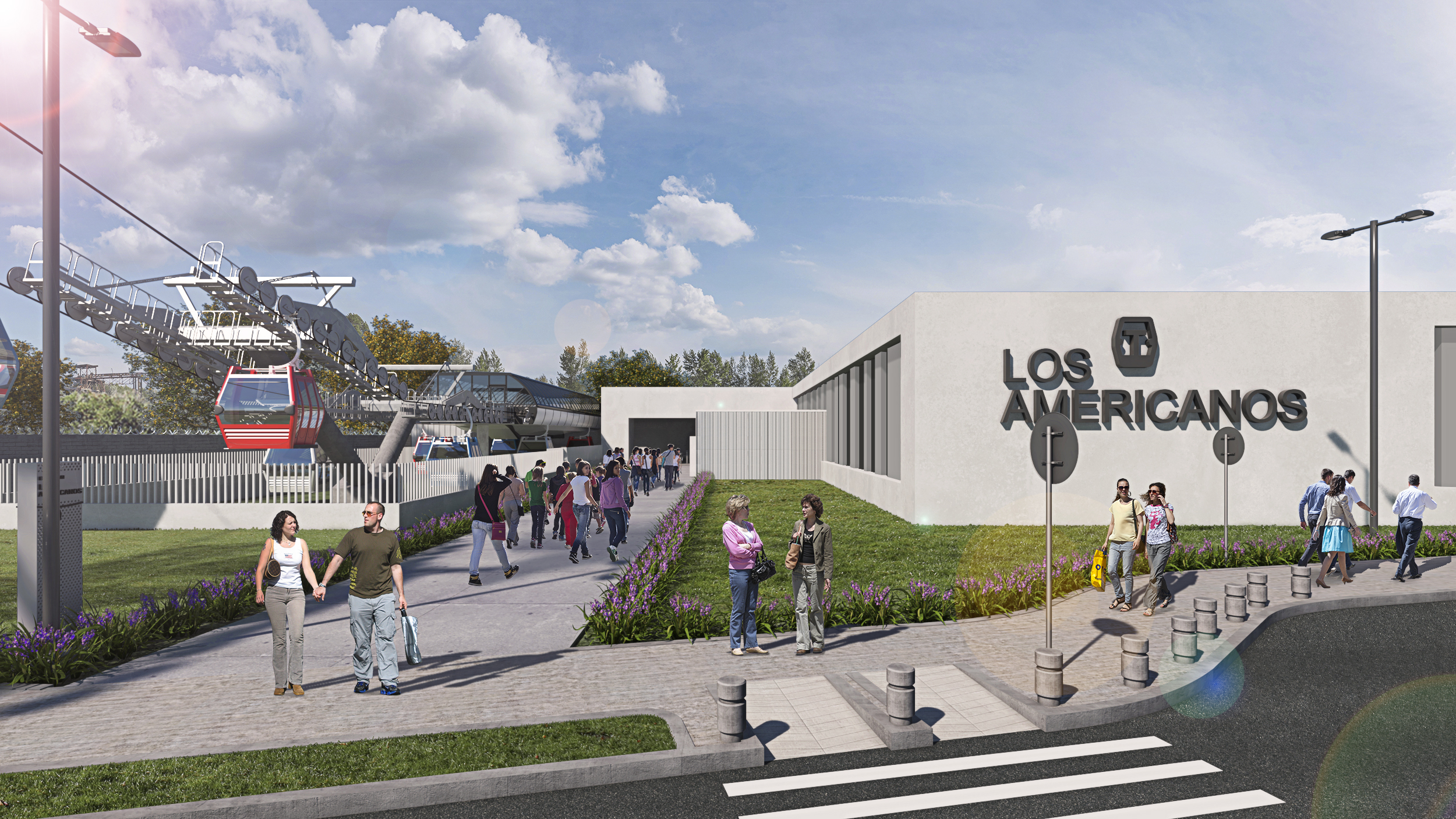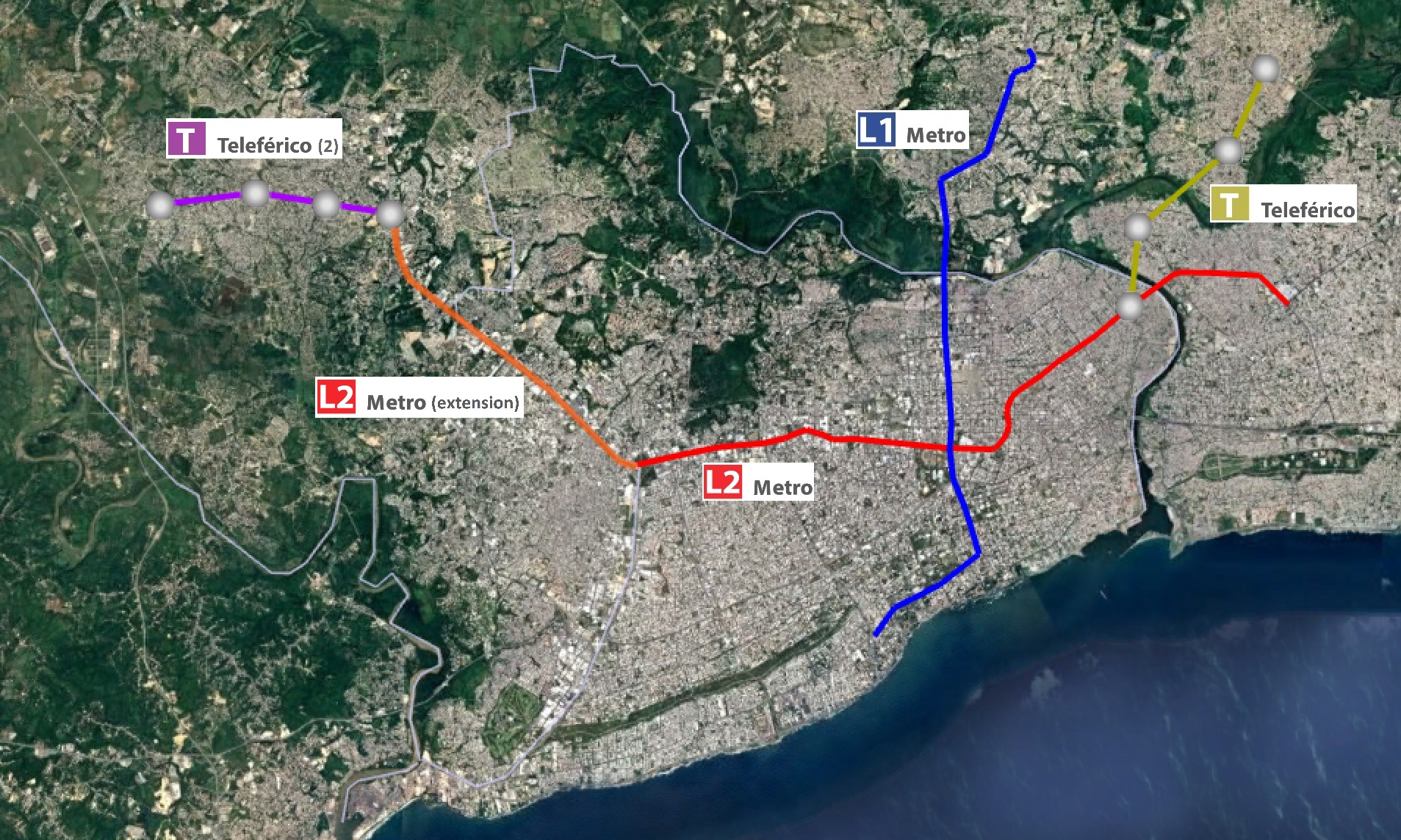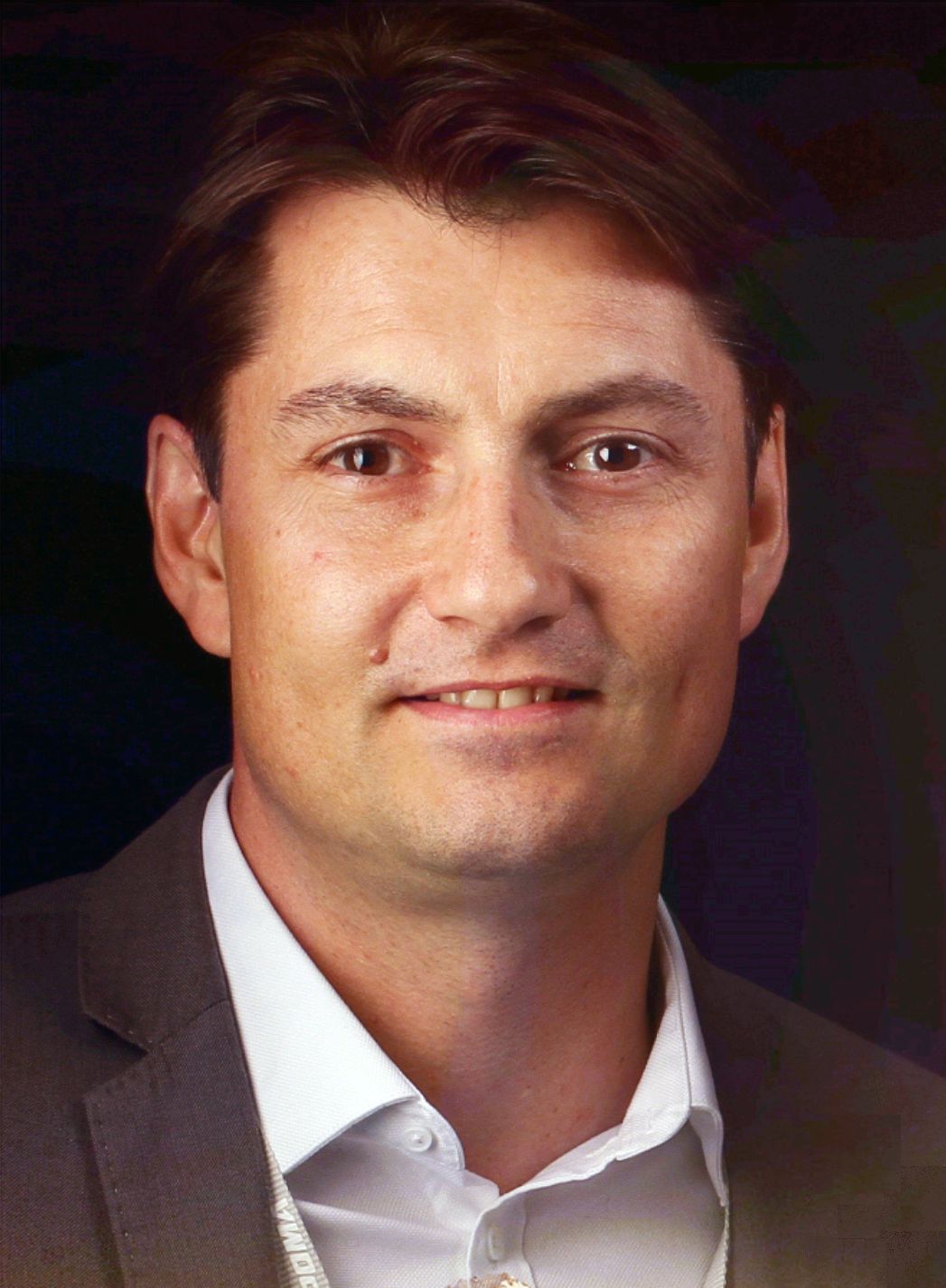
Cities, SI Urban 1/2022, Tourism
Poma is constructing a second Cable car line in Santo Domingo
Over 20,000 people use Linea 1 on Santo Domingo’s Teleferico every day. The cable car connects the northeast of the city to the centre and transports over 3,000 people per hour in its 195 10-seater gondolas.
23 districts and one underground railway line have connections to the five-kilometre cable car route. This has produced a sharp improvement in quality of life for the people concerned, who can now get to their destination stress-free, reliably, quietly, conveniently and in a way that is environmentally friendly.
As such, commuter travel time has fallen from an hour to just twenty minutes.

POMA at the second stroke
At the request of the government, the quality of life in the densely populated district of Los Alcarrizos will now also be improved with a cable car. For the first time, this will meet the mobility needs of many people who are cut off.
Once again, POMA has won the tender and will construct the line together with regional partner J. FORTUNA Constructora. Commissioning testsof the first partial section are already planned for the end of 2022. “Linea 2 will initially cover a four-kilometre route and have four stations,” POMA Project Manager Guillaume Ployon reports.
160 12-person gondolas should guarantee a transport capacity of 4,500 people per hour. “We are expecting significantly more passengers than on Linea 1, as there are more than 395,000 residents living in the catchment area of the new cable car,” Ployon says.
The operating hours should match those of the underground railway, and the cable car will be integrated into the charging structure of the public transport network.
Cable car connected intermodally
The first station will be connected to the underground railway, which is just being extended. As an intermodal hub, the station will also include a bus station and commuter parking. It will therefore serve as a new gateway for the west of Santo Domingo.
“Accordingly, it is being designed as a large new district centre – with a garage for the gondolas, as well as restaurants and shops,” Guillaume Ployon says.
The two intermediate stations will be kept as simple as possible, as they are located directly in densely populated residential areas. The last station will be designed to be a little larger and will include a few shops. This is located close to a hospital.

The national flag as a design
In terms of design, the cable car is similar to its previously completed “sister”: simple, attractive building architecture coupled with gondolas in the national colours blue, white and red.
As such, the tourist factor of the cable car must also not be forgotten. Before the first cable car, there were few opportunities to get a view over the city. Yet, in the gondolas, the people can see Santo Domingo from above.
So that this is also possible soon on the second cable car, work is already in full swing. “Thanks to our multinational teams on site, we were easily able to meet the challenges of topography, population and logistics,” says Guillaume Ployon, who is able to rely on the 40-person POMA subsidiary in Santo Domingo.
Project characterised by courage
Despite the coronavirus pandemic, a change of government, and inflation, the people responsible have stuck with the “Teleferico Linea 2” project – and will continue to do so. In a second step, a further cable car will therefore be implemented with four stations.
Additional cable car lines are also conceivable, whether in Santo Domingo itself or in other locations on the island, such as Santiago de los Caballeros. The general public is certainly behind the transport solution and proud of its Teleferico – there is almost no headwind. This is an attitude that Guillaume Ployon would love to see in Europe too: “Cities should rely not only on the classics of local transport but also think a level higher. Latin America is leading the way!” ts

POMA Project Manager Guillaume Ployon
“Our client, URBE (Unidad Ejecutora para la Readecuación de Barrios y Entornos), is renewing investment in an integrated, fast and modern public transport and thus adding to the successful experience of cable car integration into urban mobility. A big `thank you´ to our customers and partners, who are showing courage in the pandemic and sticking with the project. They are investing directly in people’s quality of life and in sustainable mobility.“
Technical specifications
| Length | 4156 m |
| Capacity | 4500 p/h |
| Vertical rise | 15 m |
| Stations | 4 |
| Towers | 29 |
| Number of cabins | 160 |
| Speed | 7 m/s |
| Passengers per cabin | 12 |
| Expected passengers | 20,000 p/day |







